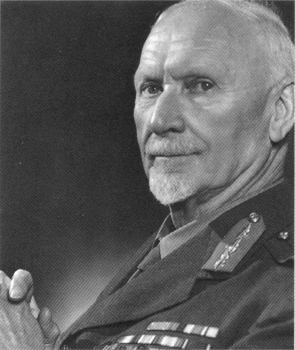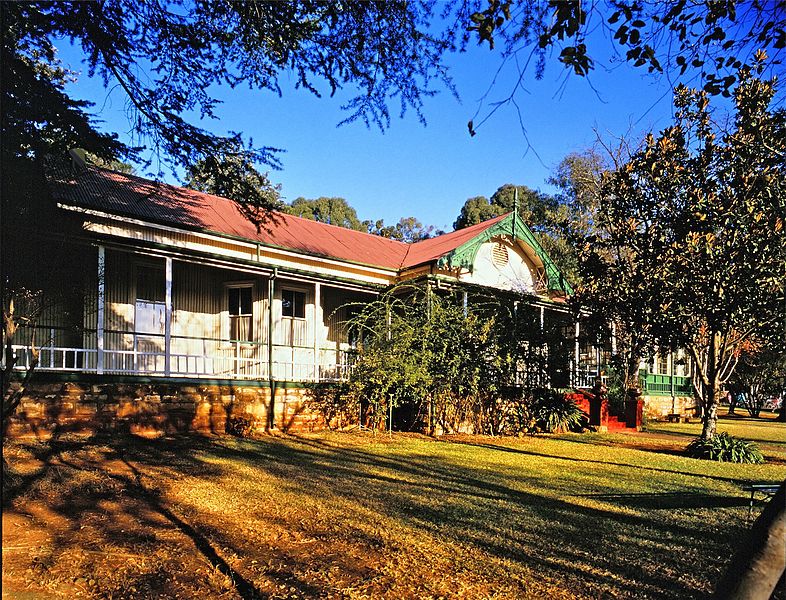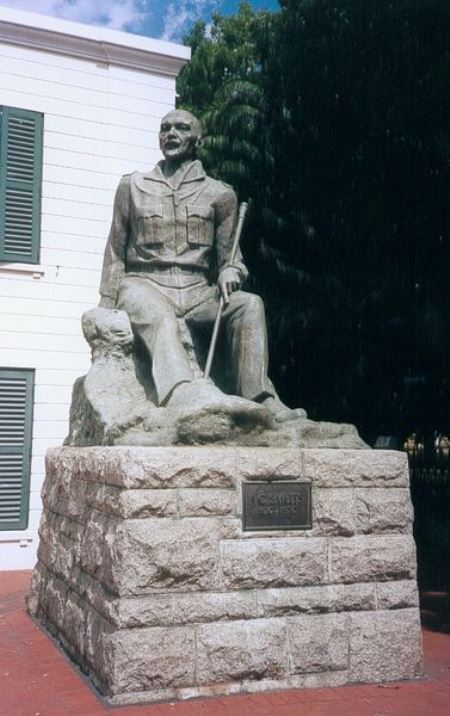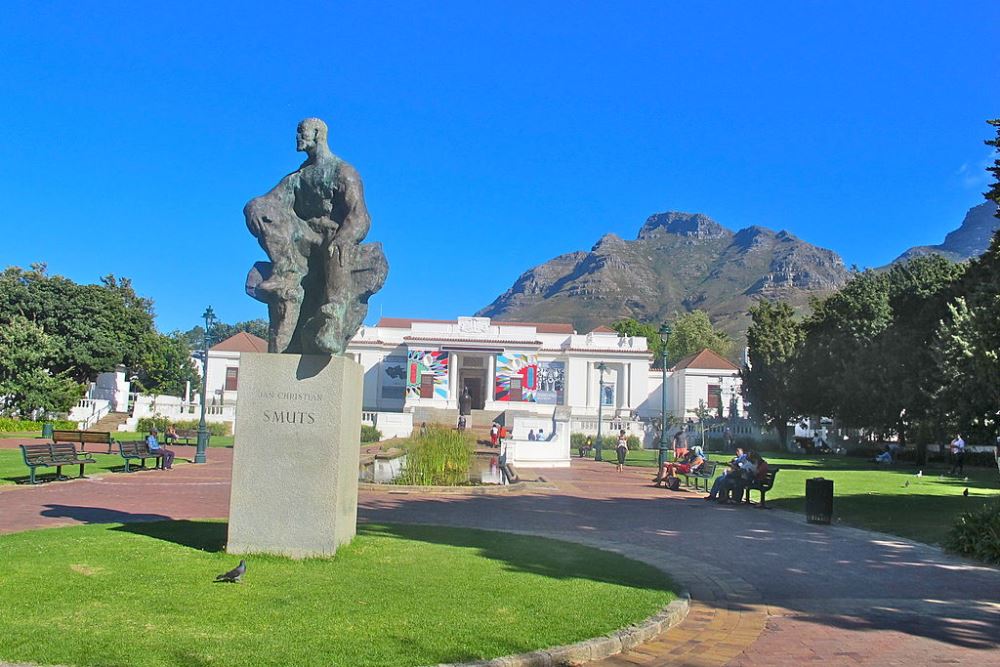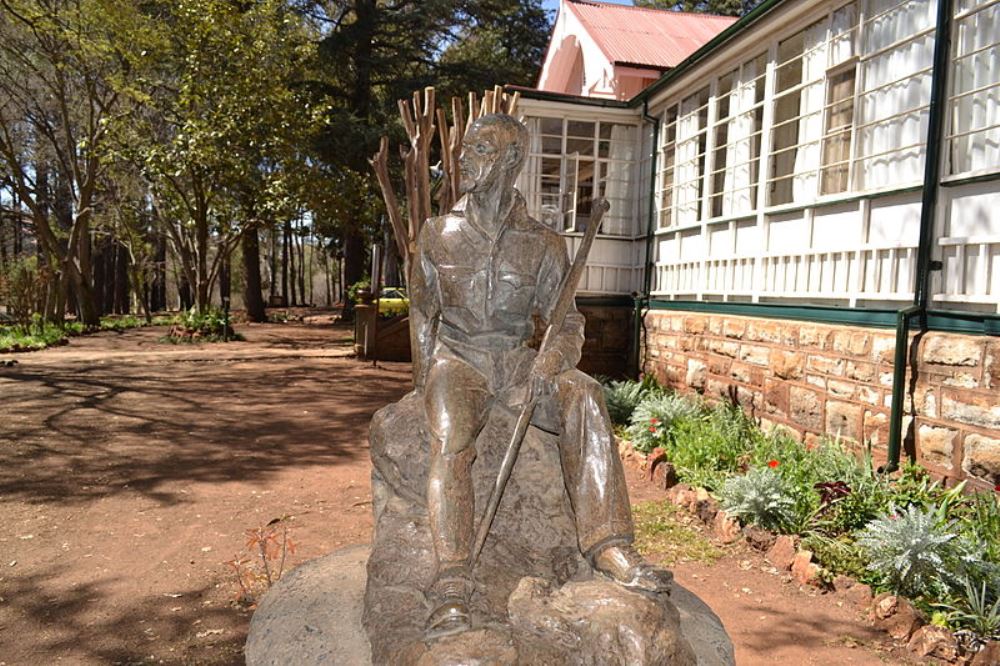Smuts, Jan Christiaan
- Date of birth:
- May 24th, 1870 (Bovenplaats/Western Cape, South Africa)
- Date of death:
- September 11th, 1950 (Doornkloof/Transvaal, South Africa)
- Buried on:
- Smuts Koppie (Grave of Jan Smuts)
- Nationality:
- South African
Biography
Jan Smuts studied literature and science in South-Africa and law in Cambridge, England. He started a lawyer’s practice in Cape Town. Smuts became interested in politics and managed to become Attorney-General under Paul Kruger.
During the second Boer War, Smuts proved himself to be a skillful strategist and rose through the ranks to General of the Republican Army.
Following the defeat of the Boers, Smuts returned to his lawyer’s practice and at the same time he worked on a plan for an independant Transvaal and from there to a liberated South-Africa.
He subsequently became Secretary of the Interior, Secretary of Defence and Secretary for Mining.
In World War One he excelled as a general during the German South-West African and East-African campaigns and was a member of the Imperial War Cabinet. He was also instrumental in the establishment of a Royal Air Force independant of the British Army. He was instrumental in the establishment of the League of Nations and became Prime Minister of South-Africa following the death of Botha in 1919. He lost the 1924 elections, went into the opposition and devoted himself to botanics. In 1939, after having served as vice-Prime Minister in a coalition government for a while, he became Prime Minister and member of the Imperial War Cabinet once more. Right after he was elected Prime Minister, he declared war on Germany, Italy and Japan and had fortifications erected along the coast against possible German attacks. In this he met opposition from Ossebrandwag, an anti-British and pro-German paramilitary organisation in South-Africa.
In 1941 he was promoted to Fieldmarshall in the British Army.
After the war he represented South-Africa in the establishment of the United Nations Organisation.
Due to his unpopular support of the British during the war and his being a confidant of Churchil’s who could count on widespread antipathy in South-Africa, he was beaten in the 1948 elections. Subsequently he retired from politics. He became commander of the Regiment Westelike Provinsie and Vice Chancellor of Cambridge University. He became notably depressed however because of the death of his son Japie in 1948.
In 1950, he died from a heart attack at the age of 80.
Do you have more information about this person? Inform us!
- Period:
- First World War (1914-1918)
- Awarded on:
- June 4th, 1917
- Period:
- First World War (1914-1918)
- Awarded on:
- July 26th, 1917
- Period:
- First World War (1914-1918)
- Awarded on:
- 1917
- Period:
- First World War (1914-1918)
- Awarded on:
- 1917
- Period:
- Second World War (1939-1945)
- Rank:
- Field Marshall
- Awarded on:
- 1943
- Period:
- Second World War (1939-1945)
- Rank:
- Field Marshall
- Awarded on:
- 1946
- Period:
- Second World War (1939-1945)
- Rank:
- Field Marshall
- Awarded on:
- January 1st, 1947
- Period:
- Second World War (1939-1945)
- Rank:
- Field Marshall
- Awarded on:
- 1946
- Period:
- Second World War (1939-1945)
- Rank:
- Field Marshall
- Awarded on:
- 1947
- Period:
- Second World War (1939-1945)
- Rank:
- Field Marshall
- Awarded on:
- 1948
- Period:
- Second World War (1939-1945)
- Rank:
- Field Marshall
- Awarded on:
- 1949
- Period:
- Second World War (1939-1945)
- Rank:
- Field Marshall
- Period:
- First World War (1914-1918)
- Period:
- First World War (1914-1918)
- Period:
- Second World War (1939-1945)
- Period:
- Second World War (1939-1945)
- Period:
- Second World War (1939-1945)
- Period:
- Second World War (1939-1945)
- Period:
- Second World War (1939-1945)
War Diary mentions
3 June 1944 WO 171/1397 - 2 East Yorkshire Regiment
Weather was fine freshening towards evening. Rt Hon W.S. Churchill P.C. M.P. and Gen Smuts reviewed the invasion fleet. Lt Col C.F. Hutchinson presented Capt. Hutchinson with a silver bugle inscribed with the Regtl crest and in return the ships company* presented the Bn with a pike which bore the Regtl badge of the Royal Marines. The Bn H.Q. Flag made by the ladies of WATERLOOVILLE was then attached to the pike and an anchor signifying the part played by the H.M. Navy sewn to the flag.
Sources
- - Suplement to The London Gazette Issue 37835 published on the 31 December 1946
- South African History Online
- Alexander, E.G.M., Barron G.K.B. and Bateman, A.J. (1985). South African Orders, Decorations and Medals (photograph page 109)





















